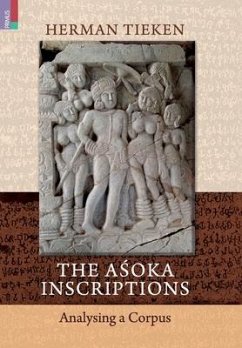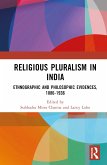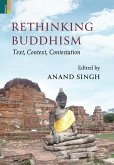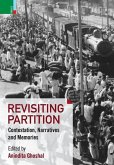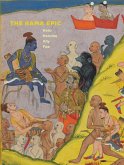The Aśoka Inscriptions: Analysing a Corpus attempts a textual and literary analysis of the inscriptions of Aśoka-the oldest in India-and their relationship as a corpus. Unique in both content and format, the inscriptions primarily engage with ideas of good kingship and dhamma rather than with donations made or the celebration of territorial conquests, the usual topics of later inscriptions. They are also characterized by a division that determined their distribution across the realm: the Rock Edict Series (consisting of fourteen edicts) was intended for people living near the borders of Aśoka's realm while the Pillar Edict Series (six in number) was meant for people living at the empire's centre. Meant to be part of a project to commemorate Aśoka, the inscriptions also testify to the existence of an epistolary tradition in the subcontinent, as the texts themselves were selected by later Maurya kings from the letters sent by Aśoka to his representatives across the empire.

